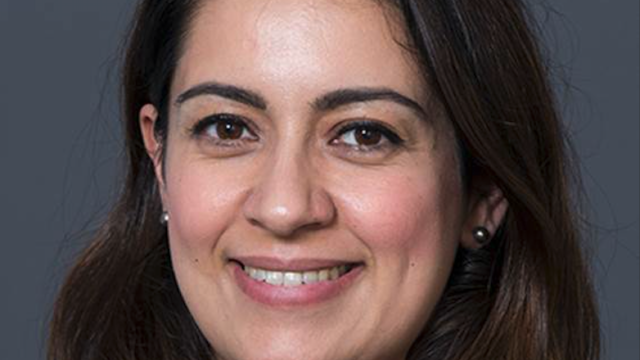Alaa Bushehri, BNP Paribas Asset Management
“One of the key themes we are looking at is refinancing, especially in the high yield space,” she told FSA during a recent visit to Hong Kong.
Because Bushehri expects interest rates to continue to rise, the funding costs for high yield issuers are also expected to increase.
“So it’s very important for us to see which among these high yield issuers have access to other funding [such as the bank channel], and for those who do not and continue to depend on debt capital markets.”
A dependence on bond issuance for funding will increase a company’s risk profile.
If companies are able to access other funding channels, it indicates that they have strong balance sheets, she said.
Bushehri noted that although funding costs have increased, she does not expect any material increase in the number of default rates in emerging market high yield bonds.
As of the end of 2017, default rates in emerging market high yield bonds were lower than US and but higher than European high yield, according to data from Credit Suisse.
High yield default rates

Source: Credit Suisse
“We do not expect [default rates] to increase materially and we expect them to be within the levels that they are currently are.”
When looking at credit fundamentals in emerging markets, the firm takes a 70/30 approach, where 70% of the analysis is looking at quantitative metrics, while 30% is qualitative, which includes assessing governance and transparency, according to Bushehri.
Energy sector
An example of a sector that is expected to be strong is energy, according to Bushehri, noting that opportunities in the sector can be found in both the high yield and investment grade space.
“We saw the commodity cycle hit bottom in 2014-2015. At the time, [energy companies] reduced capital expenditure, sold non-core assets, have focused on not increasing any debt and have closed non-profitable operations. As a result, they really strengthened their footing fundamentally, and are now benefitting from the upward cycle in the commodities sector.”
Bushehri added that since energy companies are continuing to focus on profitability, they have also been careful in managing liability.
The firm’s Parvest Bond Asia Ex-Japan Fund, which invests in both sovereign and corporate bonds, is managed by Bryan Carter, London-based head of emerging markets for fixed income. The manager is overweight energy, with 6.59% of its assets in the sector versus the 4.91% of its benchmark index (50% JPM Asia Credit Index + 50% Markit iBoxx Asia Local Bond Index), according to the fund factsheet.
Bushehri added that EM energy fixed income opportunities are in Indonesia and China.
Latin America politics
She is positive on emerging markets as a whole, but has become “neutral” with Latin America.
“Two years ago, we had the commodity cycle at the bottom, and most of emerging markets commodities are in Latin America. As a result, we saw a lot of opportunities there.”
However, the region is facing a number of elections this year, and thus, Bushehri is waiting to see whether any political issues impacting investment could materialise.
Elections in Mexico and Brazil have finished, and she is looking there for opportunities.
The firm’s Best Selection Emerging Market Classic Fund, which is also managed by Carter and invests in emerging market sovereign and corporate bonds, reduced its exposure in Latin America to 10.34% as of the end of August from 17.82% at the beginning of the year, according to FE data.
The Parvest Bond Best Selection World Emerging Classic Fund versus its benchmark index


















